sample heading
Cosmic horror and its close relative existential horror have long been known for an abundance of tentacles, teeth, and unpronounceable elder gods who rule over absolutely everything. Most of this can be traced back to H.P. Lovecraft and August Derleth, whose approach to mythos building and constant canon-welding birthed one of the earliest examples of open-source fictional universes, but it’s also just a useful shorthand. People are on some level repulsed by tentacles, repulsed by things whose eye-to-tooth ratio is way off, and repulsive creatures that shouldn’t exist are a way to show the universe as a terrifying, misbegotten place. But the genre is so much more than Cthulhu and his numerous relatives, and insurmountable threats don’t always need names you can’t properly pronounce without an extra tongue or a high tentacles-to-face ratio. They can be an early version of blogs run by fascist teenagers, or the end of time, or any number of things. So with that in mind, here are nine books of cosmic and existential horror where we promise, there are no tentacles.
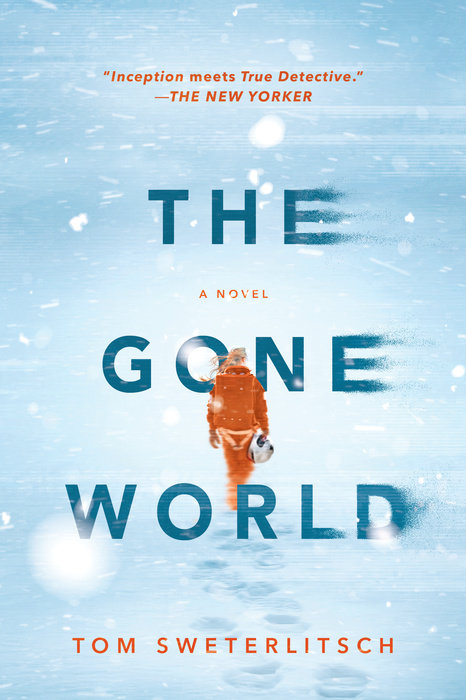
The Gone World, Tom Sweterlitsch
Sweterlitsch’s second novel starts with the premise that the US Navy is able to travel to “deep waters,” exploring the furthest and most incomprehensible reaches of space and time. Unfortunately, they have very little idea of what they’re doing there, and the ensuing chaos they cause by dabbling in multiple timelines and trying to implement what they find there in their own time period causes the end of life as we know it to speed up. That’s before factoring in a cult that actively worships the end of time and space, the numerous people caught in a time loop during a disastrous mutiny, or the fact that the horrifying events of the novel were caused by people trying to fix their own mistakes. The book is a dark, existential delight layered on a grim murder story that sits alongside the best Nordic mysteries, and the cosmic aspect makes it even more disturbing.
Apple | Amazon | Barnes & Noble | IndieBound
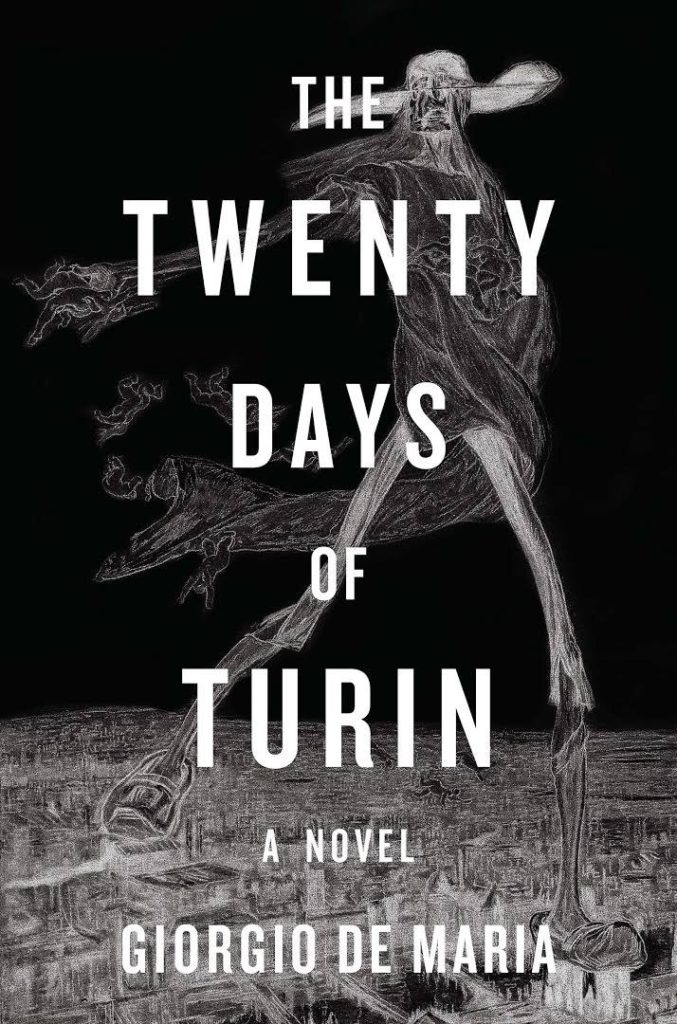
The Twenty Days of Turin, Giorgio De Maria
The “incident of collective psychosis” that begins De Maria’s brief but chilling and prescient novel is kicked off when a group of “smiling youths” go door-to-door with a very simple project: finding too much artifice in fiction and nonfiction, they collect a variety of diaries and private writings and use them to found a “library,” where people can “check out” their neighbors’ writings and even have the author identified for a nominal fee. Anyone who’s spent any time on the internet will immediately recognize how wrong this goes, as the denizens of the library descend into insomnia, mutual stalking, and finally brutal murder justified by the sins they read in each others’ work. The detached tone (the plot takes place after the Twenty Days as an author tries to piece it together) and quiet dread punctuated by horrific violence, collective psychosis, and supernatural events puts De Maria alongside cosmic horror creators like Junji Ito and Stephen King, not bad company to be in when purveying existential dread to your audience.
Apple | Amazon | Barnes & Noble | IndieBound
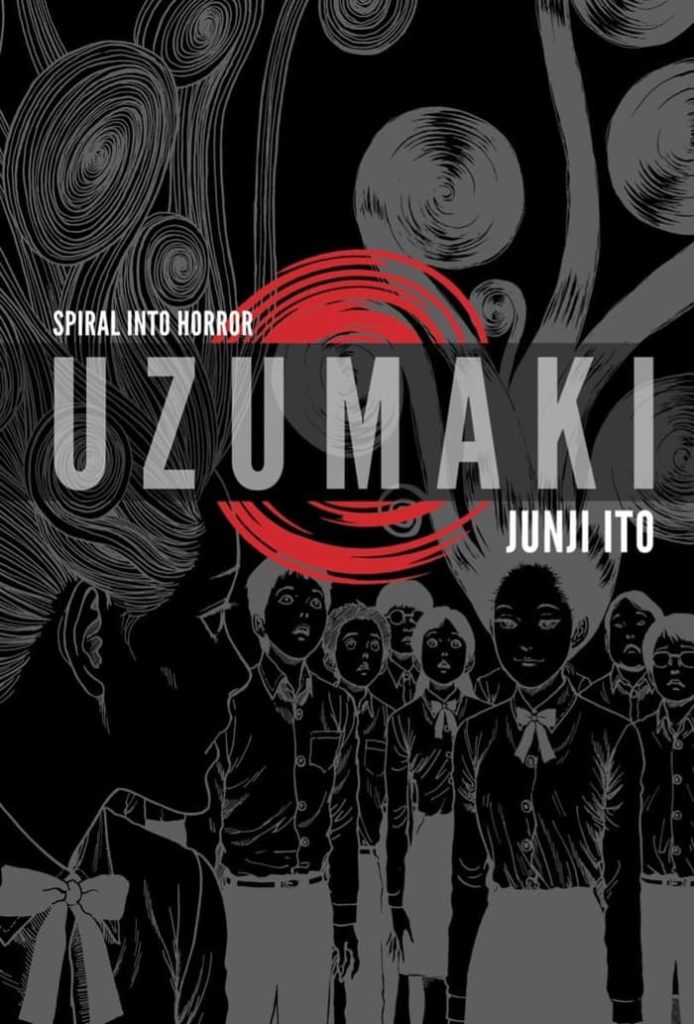
Uzumaki, Junji Ito
Another “horror and mutation by collective psychosis” story, Uzumaki starts simply: in the town of Kurozu-cho, a young woman notices her friend’s father has become obsessed with spirals. His obsession, however, begins to infect the rest of the town, leading first to psychosis, then horrific mutation, and eventually to a fate worse than death. While a sort of abstract cause is given for the events of the manga, there’s also a sense of inevitable doom to the proceedings, something that only gets stronger and stronger, like the universe wants this to happen and everything else is just set dressing for that strong, horrific urge. But rather than just trade on existential dread, Ito also gives the events a strong sense of magical realism and body horror, with the long road to Hell being paved by townspeople growing black holes in their heads, roving hospitals in packs of drill-wielding blood-crazed vampires, growing human mushrooms that taste like steak, and turning into gigantic snails. It also depicts these in painstaking visuals, leaving very little to the imagination. In total, it’s a surreal and nightmarish experience made even more nightmarish by the events simply happening.
Apple | Amazon | Barnes & Noble | IndieBound
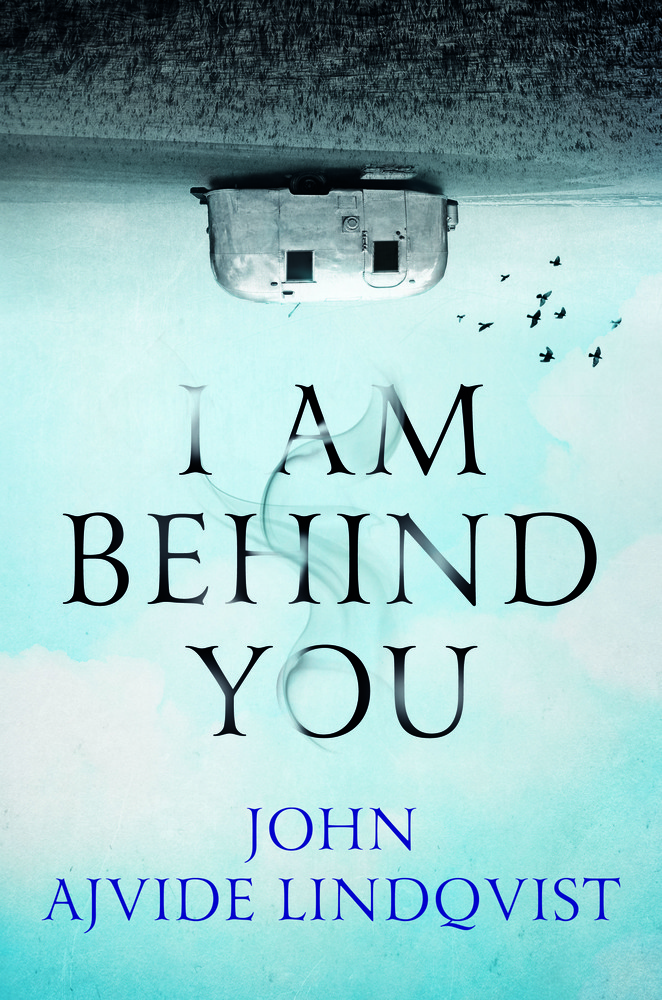
I Am Behind You, John Ajvide Lindqvist
Four families vacationing by camper are stranded in a weird idyllic-looking field with a blue sky, where the only thing playing is pop music. Apart from the mounting sense of dread as they move away from the small circle of camping vehicles and out into the field, nothing else appears. Not birds, trees, other people, buildings… just a peaceful field. Of course, being that these are John Ajvide Lindqvist characters and thus not very nice people, the situation quickly escalates when someone claims they’re in charge and several strange acts of vandalism start happening. But all of this is only a prelude to the true horror of the novel, a group of monsters culled from past regrets and nightmares of the field’s captives. The feeling that there’s an order and rules to the monstrous and surreal supernatural events gives I Am Behind You an edge a lot of cosmic horror doesn’t have, giving the universe a sense of order and even evidence of a higher power, but making their reasons and methods so alien as to be completely terrifying.
Apple | Amazon | Barnes & Noble | IndieBound
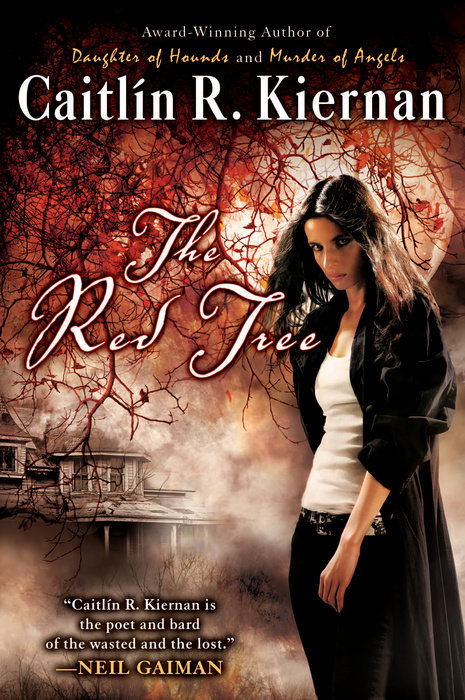
The Red Tree, Caitlín R. Kiernan
Told in a found-document style, Kiernan’s novel follows Sarah, a traumatized author who, after the horrific fallout of her girlfriend’s suicide, moves to a small New England farmhouse with a massive red tree in the backyard. While searching through the basement one day, she finds the manuscript of the previous occupant, a parapsychologist documenting the various horrifying events surrounding the almost supernatural power of the tree. Throughout the book, it’s never quite clear whether the tree is actually an otherworldly abomination, a gateway to a bizarre location that creates a thin point with the world, or the tortured imaginings of the protagonist’s own traumatized mind. Even if it is real, the surrealistic, stream-of-consciousness narrative as Sarah’s sanity crumbles due to the influence of the manuscript and the tree makes for some unnerving horror, further driven home by small, disquieting details like the little ceramic Red Rose Tea figurines laid out like offerings, or the way the tree warps space around it.
Apple | Amazon | Barnes & Noble | IndieBound
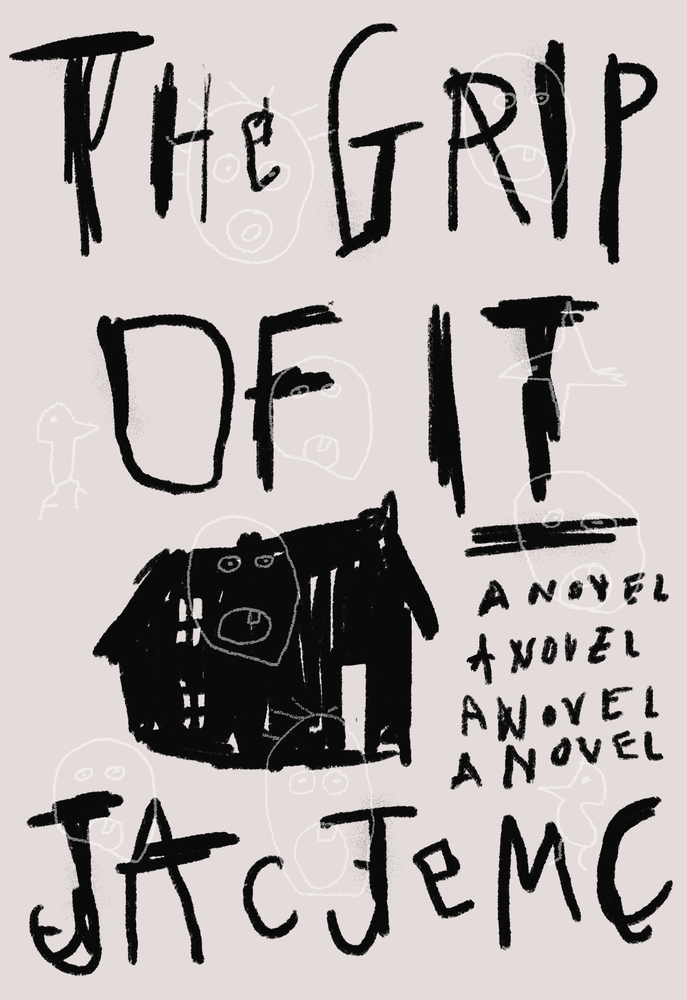
The Grip of It, Jac Jemc
A troubled married couple moves into a strange old house by the lake that starts to take on strange dimensions as their lives begin to fall apart. Jemc builds slowly, beginning with an italicized rant that seems like mad rambling as it describes a deep, glottal humming noise within the house, the stream of consciousness narrative spiraling slowly as the psychological demands of the house and the surrounding area start to wear on the protagonists in a way all her own. It’s clear from the word “go” that something is wrong with the house, with its unnerving stains, hum, and the bizarre way each room seems to hide tinier spaces vanishing off into infinity, but the book manages to walk the line pretty effortlessly between whether the psychological pressure has more to do with the strained marriage and sudden move to a new area or the fact that the house is a malevolent piece of architecture haunted by a horrifying presence. For these reasons and the way it plays with gothic horror, with its creepy kids in the woods, strange laughter, and sanity slippage, Jemc’s novel breaks new ground in psychological and cosmic horror, positing that the protagonists caught in the horrifying situation are just as much a danger to themselves as the supernatural events.
Apple | Amazon | Barnes & Noble | IndieBound
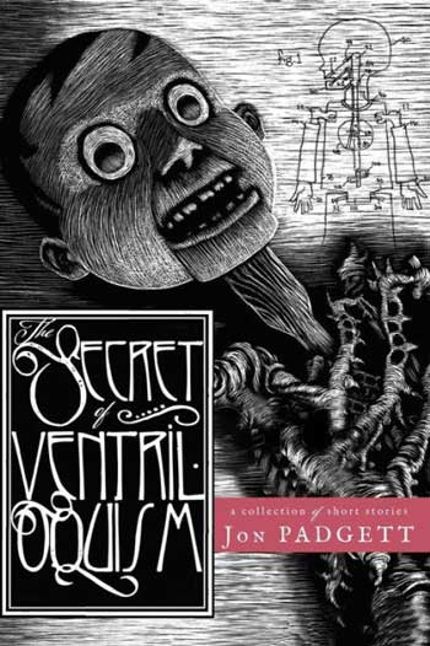
The Secret of Ventriloquism, Jon Padgett
Long a name to know in cosmic horror between his position of founding and acting as chief admin of Ligotti Online and his position as editor-in-chief (and publisher) of the Vastarien literary journal, Jon Padgett is someone who knows his stuff when it comes to surreal cosmic horror. So it’s no surprise his first (and unfortunately, to date, only) collection of stories fits into that vein. But while some of the stories do point to a hostile universe and eldritch beings, a lot of it’s more internal, with stories like “On the Mindfulness of Horror” delving deep into bodily awareness for its chills, and the title story, written as a one-act play, detailing a ventriloquist slowly going mad under the influence of the shadowy Mister Vox, who might be an abomination in the form of a voice, or something borne of his own mind. As you read the stories, themes and recurring images (dolls moving on their own especially) start to emerge, both unifying the book into a single concept and deepening the odd sense of unnerving fear at its center, all without a single hint of Black Speech needed.
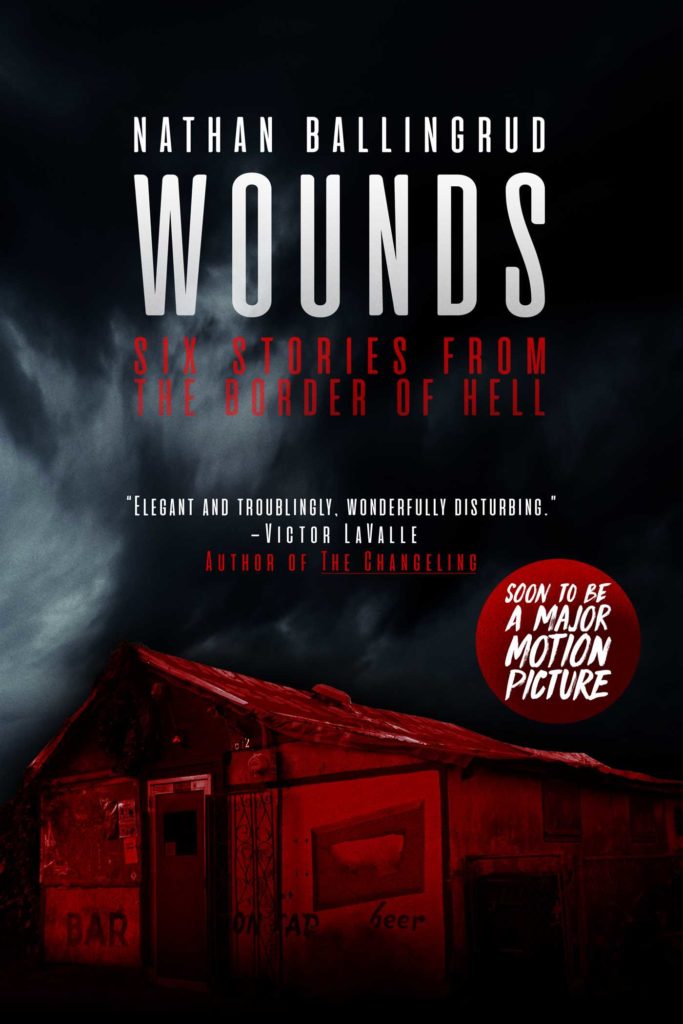
Wounds, Nathan Ballingrud
Taking a similar tactic to Clive Barker, Ballingrud’s collection of linked stories shows a vision of a Hell so alien and unknowable that coming into contact with it for even a brief moment causes things to go very wrong for people, from evil cell phones and websites that summon body-jumping “angels” to the obsessive behavior and brutal violence that always seems to happen around the mysterious “atlas” to Hell. This even comes to a head in the New Weird-influenced “Skullpocket,” and especially in “The Maw,” where Hell torments humans for an absolutely terrifying purpose and the sense that this is something that should not be anywhere near Earth reaches its peak as “surgeons” and “butchers” transform an entire neighborhood into some kind of terrifying living sculpture. The repeated images, themes, and continuity also make this feel like there’s a terrifying, hostile universe lurking just beneath the surface of the world, ready to break free at any given moment. It’s twisted, it’s terrifying, and while it has its share of monsters, it’s much more about how the world itself is changed by Hell’s influence, as much as it’s about the unknowable denizens and geometries of the infernal realm.
Apple | Amazon | Barnes & Noble | IndieBound
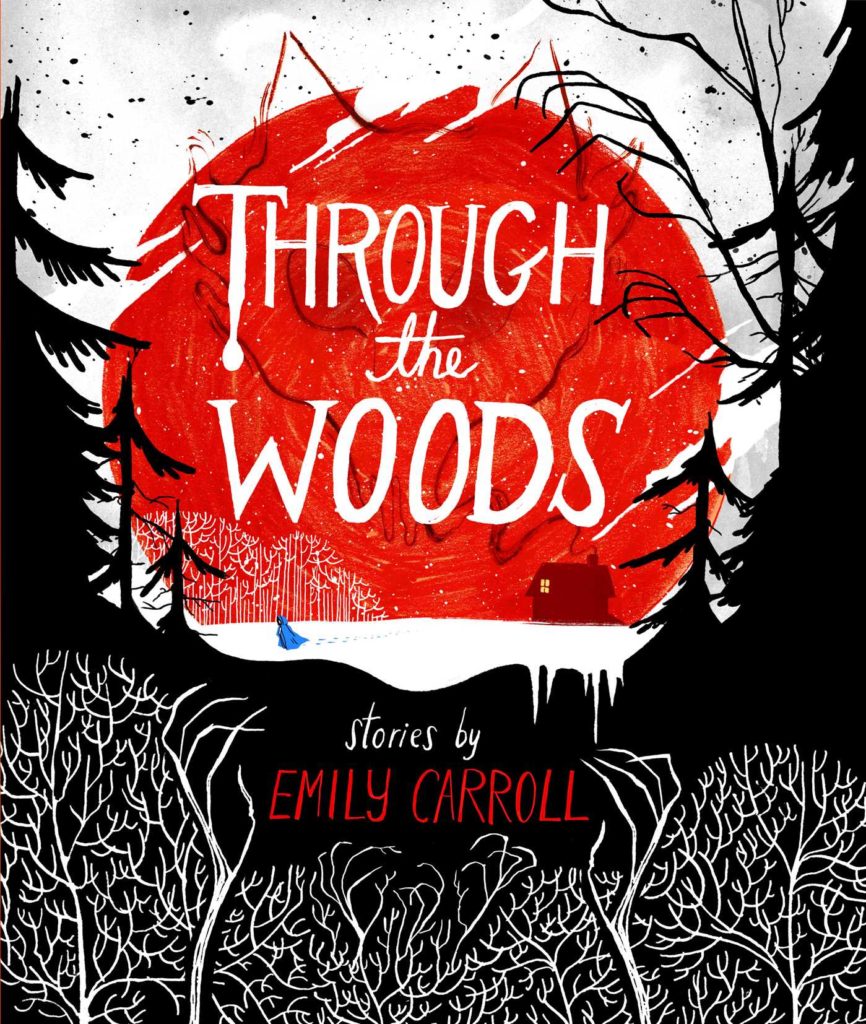
“The Nesting Place,” Emily Carroll
This one might be cheating a little because alien worms are close to tentacles (even if they’re not explained much), but the story’s too good. Carroll’s graphic story collection, which recounts five tales of terror all taking place in the dark woods, is a beautiful if utterly terrifying book that uses the way woods are portrayed in fiction to deliver on some top-notch scares. In “The Nesting Place,” a young woman notices her brother’s fiance behaving rather…strangely and encounters a strange area in the woods with a nest of red worms. These two things are a little more connected than they might first seem, and pretty soon the story descends into body horror and draws on the fear that the people you know might have changed somehow, leading to an ending that, while not a huge twist, is still pretty clever overall. It’s also a standout because it’s not just the horrors that deliver an existential threat.
Apple | Amazon | Barnes & Noble | IndieBound

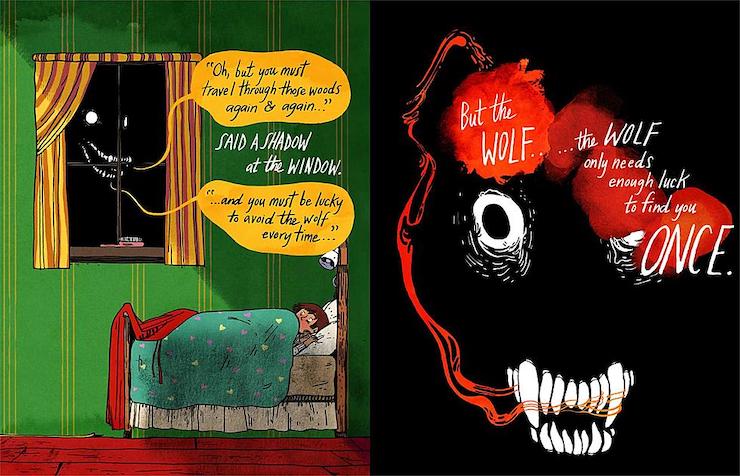


I’ve read a few of these — “Uzumaki” has a few weak chapters but is still gloriously epic horror. “The Red Tree” is one of those stories that’s stuck with me ever since I read it. The endings are really effective. And I love everything Emily Carroll has done — “The Nesting Place” is spectacularly horrific cosmic and body horror, but almost everything else she’s done touches on cosmic horror themes.
I suspect I’m adding a few more of these to my wishlist. Thank you for the great recommendations! 🙂
Of these, I’ve only read The Red Tree and Kiernan’s following novel, The Drowning Girl, which which in some ways is The Red Tree in a mirror. A warped mirror. Terrific novels, among the best I’ve read in this still new century.
Well, if you’re looking for new reads, all of these are fantastic, though I personally have made repeated trips back to Through The Woods, Uzumaki, Wounds, and The Secret of Ventriloquism.